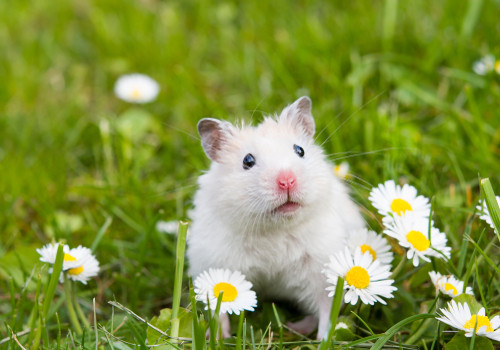Popular Reads
Top Results
Can't find what you're looking for?
View all search resultsPopular Reads
Top Results
Can't find what you're looking for?
View all search resultsCOVID-19 and animals: Which species could be prone to infection?
Monkeys, hamsters and also gray whales and dolphins are among those that are most under threat.
Change text size
Gift Premium Articles
to Anyone
S
cientists have assessed the risk posed by SARS CoV-2 for more than 400 animal species. Monkeys, hamsters and also gray whales and dolphins are among those that are most under threat.
Since the beginning of the COVID-19 pandemic, there has been speculation about its potential impact on animal species. Recently, there have been recorded cases of infected dogs and cats. However, according to a new study conducted by a team from the University of California, Davis, COVID-19 could be a threat to a much wider range of species.
The research team used genomic analysis to evaluate the extent to which the main cellular receptor for the virus in humans — angiotensin converting enzyme-2, or ACE2 — is present in 410 different species of vertebrates, including birds, fish, amphibians, reptiles and mammals.
In particular, they investigated 25 amino-acid sequences of the ACE2 protein that are thought to enable the virus to gain entry into human cells.
"Animals with all 25 amino acid residues matching the human protein are predicted to be at the highest risk for contracting SARS-CoV-2 via ACE2," points out Joana Damas, a postdoctoral research associate at UC Davis and the lead author for the study, which has been published in the journal PNAS.
Read also: Spanish cat tests positive for coronavirus
According to the results of the study, several primate species are seriously threatened, such as the Western lowland gorilla, the Sumatran orangutan and the northern white-cheeked gibbon, with a very high risk of ACE2-mediated infection by the virus.
Other animals were considered high risk, including Chinese hamsters and marine mammals such as gray whales and bottlenose dolphins. Domesticated animals such as cats, cattle and sheep present a medium risk, while dogs, horses and pigs present a low risk of ACE2 binding.
While the link between ACE2-protein binding and the risk of COVID-19 infection needs to be explored in further studies (and should therefore be interpreted with caution), data already available may prove useful in preventing the risk of human-to-animal transmission, explains Klaus-Peter Koepfli, a senior research scientist at the Smithsonian-Mason School of Conservation and co-author of the study.
According to the research team, the new data should also help to determine which wild species may have served as intermediate hosts for the virus, findings that may prove crucial in the drive to counter a fresh wave of the coronavirus epidemic and minimize risks in human and animal populations.











